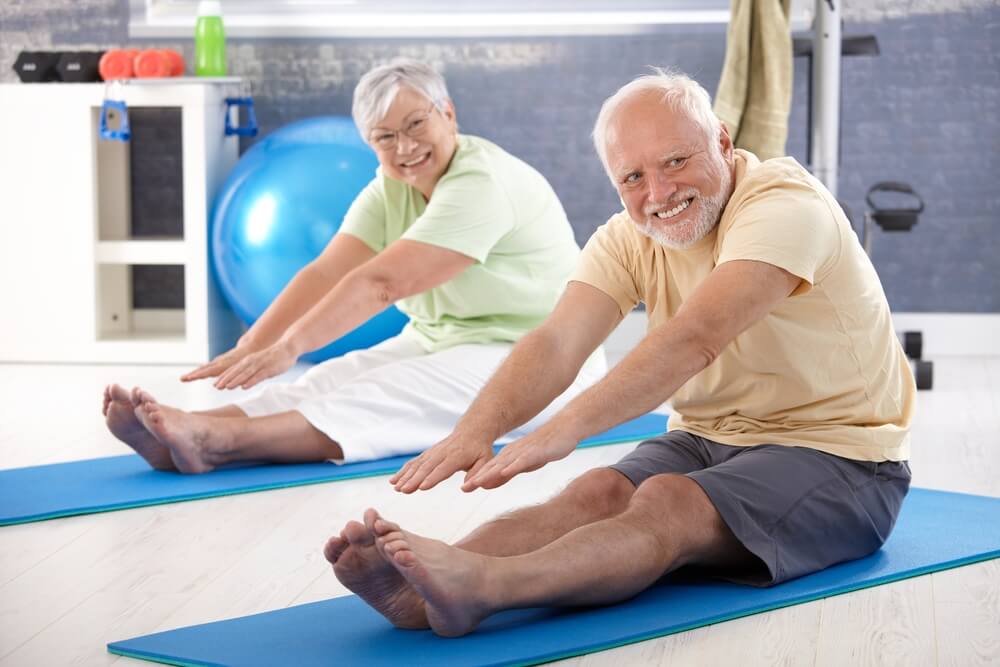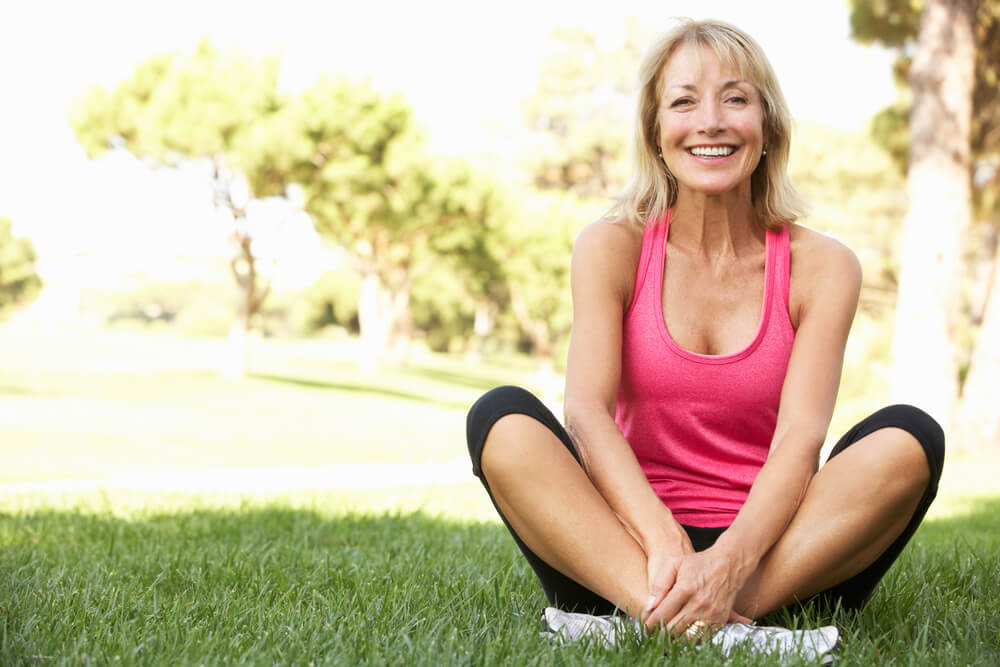
What is Fall Prevention Month?
Fall Prevention Month is in September and it is to spread awareness of how prevalent and common it is to fall at an older age. The Centers for Disease Control reports that approximately 3 million older people go to the emergency departments for fall injuries every year. In addition to that, about every one in four Americans aged 65 and up falls every year Centers for Disease Control reports. This just highlights how important it is to continue to raise awareness for fall prevention. When an organization raises awareness about Fall Prevention Month, they educate the public about all the risk factors involved with falling at an older age and offer solutions to prevent it or at least avoid it from happening.
Speak With a Licensed Insurance Agent
Call Now (888) 828-5064 TTY 711
Understanding the Risks of Falls
Navigating our daily lives, we often underestimate the potential risks that lurk in everyday scenarios. One such overlooked hazard is the risk of falls, especially among certain populations. As falls are among the leading causes of injury-related hospitalizations, it’s imperative we take a moment to truly grasp their impact with Fall Prevention Month and what factors into a fall:
- Age-Related Vulnerabilities: As we age, our muscle strength, bone density, and balance can deteriorate, amplifying the risk of falls. This is further exacerbated by age-related vision and hearing declines.
- Medications and Side Effects: Some medications, whether they are for blood pressure, sleep, or even over-the-counter remedies, can affect balance, alertness, or coordination, making falls more probable.
- Environmental Hazards: From wet floors and uneven surfaces to poor lighting and household clutter, multiple environmental factors can become potential fall traps.
- Chronic Conditions: Health issues like arthritis, diabetes, or Parkinson’s disease can influence mobility and balance, thereby heightening the risk of a fall.
- Lifestyle Choices: A sedentary lifestyle can lead to reduced muscle strength and flexibility. Conversely, active individuals without proper safety measures can also encounter increased risks. Since staying active is also a major secret to aging gracefully, this is worth making some effort.
- The Psychological Impact: The fear of falling, especially after experiencing one, can result in reduced activity and social interaction, creating a vicious cycle where the fear itself contributes to further health decline.
Recognizing these risks is the first step toward prevention. This Fall Prevention Month, let HealthPlusLife be your guide to understanding the gravity of falls and how best to safeguard yourself and your loved ones. Home healthcare is helpful to have as a safety measure for care at home after a fall, so make sure to regularly review your insurance coverage. And remember if you have any questions about health insurance — even something like what is the difference between HMO and PPO — feel free to call or contact the HealthPlusLife team. We’re always ready to help.
Importance of Regular Health Checkups
As we spotlight Fall Prevention Month, we emphasize the indispensable role that these checkups play in early detection, timely interventions, and ensuring a higher quality of life. Routine screenings can often uncover factors that increase the risk of falls, allowing for targeted guidance and preventive strategies. Dive deeper into the significance of consistent health evaluations and discover how they could be your first step towards fall prevention and safer, healthier tomorrows. In today’s fast-paced world, it’s easy to push our health to the back burner. However, the decision to prioritize regular health checkups can be a life-changing one. Here’s why:
- Early Detection is Key: Many health conditions if detected early, can be managed or even reversed. This is particularly vital when considering fall risks. Issues such as vision impairment, muscle weakness, or even certain medications can increase the likelihood of falls. Regular screenings ensure these factors don’t go unnoticed.
- Comprehensive Health Analysis: Checkups aren’t just about ticking boxes. They provide a holistic view of your health, taking into account your physical, emotional, and mental well-being.
- Customized Recommendations: Post-checkup, you don’t just receive a report; you get a roadmap. Based on your health status, our team offers personalized advice and resources, especially during Fall Prevention Month. This might include exercises to improve balance, modifications for your living space, or changes in medications.
- Empowerment through Education: Knowledge is power. The more you understand about your body and health risks, the better equipped you are to make informed decisions.
- Building a Health History: Regular checkups help in maintaining a detailed health record over the years. This can be crucial in identifying patterns, predicting potential health issues, and tailoring treatments accordingly.
- Peace of Mind: Last, but by no means least, knowing that you’re in tune with your health provides invaluable peace of mind. It’s comforting to know that professionals have assessed your well-being, ensuring that you’re on the right track.
Ensuring Safety All Year Round

To ensure safety all year round, it’s important to put in place preventative measures. Some safety tips to look out for are:
- Regular Exercise: Incorporate exercises that improve strength, flexibility, and balance. Tai chi and yoga are great options. Or, maybe it’s time for you to figure out how to play pickleball.
- Home Safety Check: Periodically check your home for hazards like loose rugs, poor lighting, and clutter.
- Medical Check-Up: Frequent check-ups can help identify any medical issues that might increase your risk of falling, such as vision problems or medication side effects. Having adequate health insurance coverage can help make these regular visits more accessible.
- Community Awareness: Spread the word in your community, especially among older adults, to be vigilant about fall risks.
- Stay Informed: Read up on the latest safety equipment and techniques. Knowledge is your best defense against falls.
- Safe Bathroom Measures: The bathroom can be a prime spot for falls. Install grab bars in showers, tubs, and next to the toilet. Use non-slip mats inside the bath or shower. Keep floors dry and immediately clean up any water spills.
- Nutrition and Hydration: Proper nutrition and staying hydrated can prevent dizziness and weakness. Ensure a balanced diet rich in calcium and vitamin D to maintain strong bones.
- Know Your Surroundings: Familiarize yourself with any new environment. When in unfamiliar places, take note of uneven floors, stairs, or any potential hazards.
- Use Assisted Devices: If recommended by health professionals, use walking aids like canes or walkers. Ensure they are the right height and in good condition.
- Stay Social: Engage in community activities and groups. Being socially active not only keeps you mentally alert but also provides an opportunity for group exercises that can improve your physical strength and balance.
Speak With a Licensed Insurance Agent
Call Now (888) 828-5064 TTY 711
FAQs About Fall Prevention Month
What causes most falls?
Falls can result from a variety of factors including environmental hazards (like slippery floors or clutter), medical conditions (like vertigo or low blood pressure), medications, poor vision, muscle weakness, and poor balance.
Are falls more common among the elderly?
Yes, older adults are more susceptible to falls due to age-related factors such as decreased muscle strength, balance issues, and chronic health conditions. However, falls can occur at any age.
How does medication relate to falls?
Some medications can cause side effects like dizziness, drowsiness, or low blood pressure, all of which can increase the risk of falling. It’s essential to discuss any potential side effects with a healthcare provider.
Is it true that if you’ve fallen once, you’re more likely to fall again?
Yes, having one fall can increase the risk of subsequent falls, especially if the underlying cause isn’t addressed.
What should I do if I’m worried about a loved one falling?
Talk to them about your concerns, encourage a medical check-up, help them make their home safer, and consider introducing them to balance-enhancing exercises or classes.





